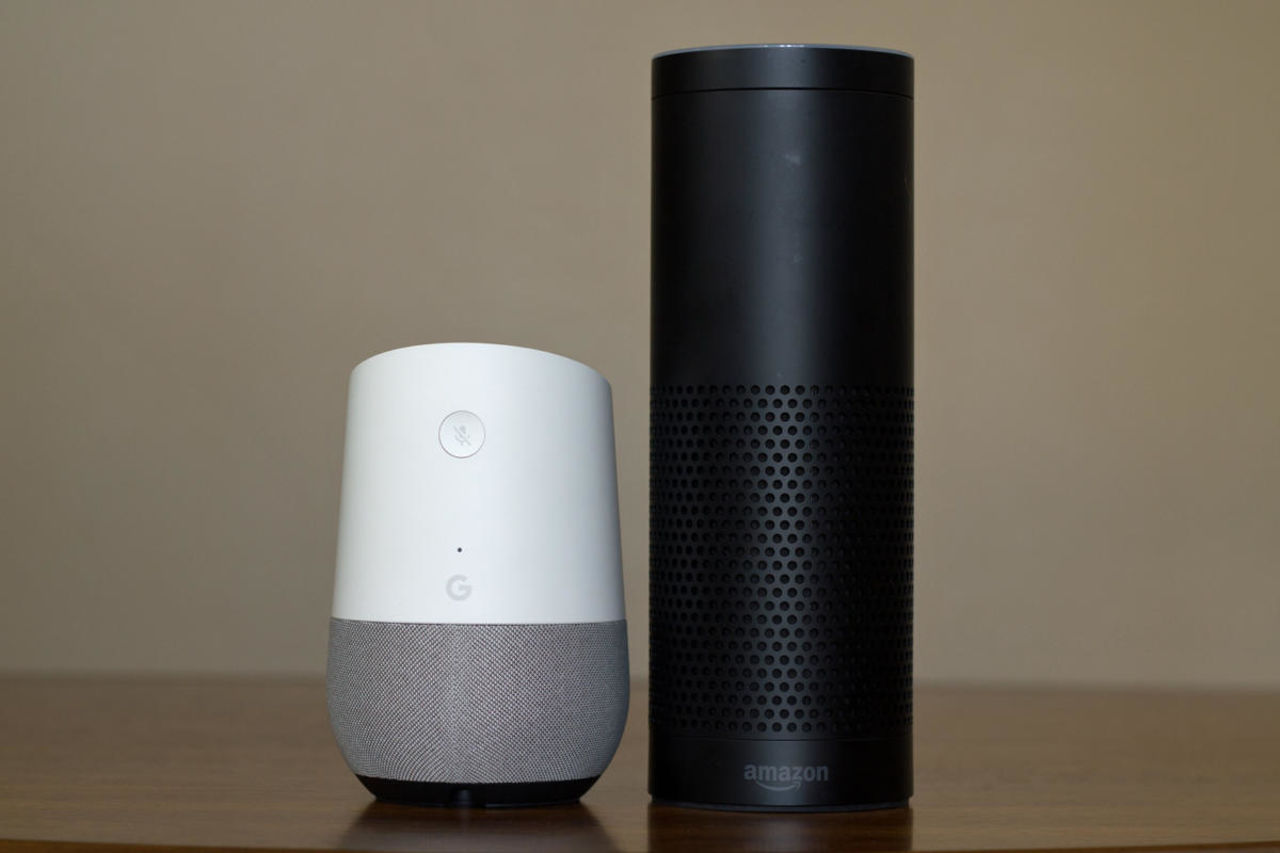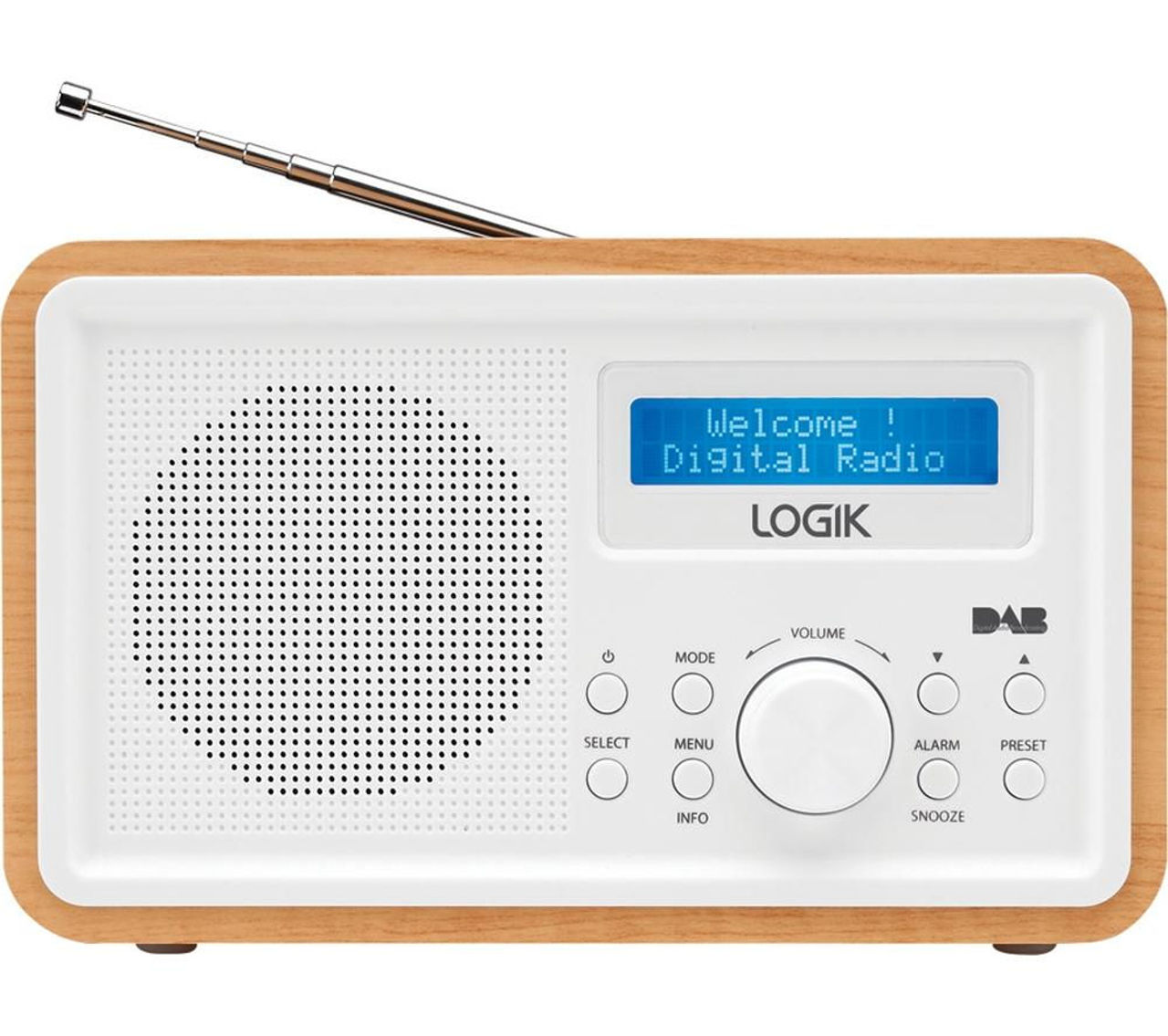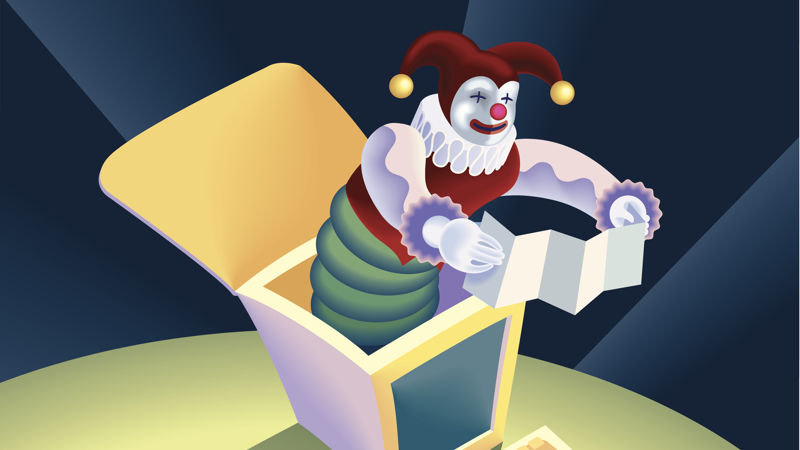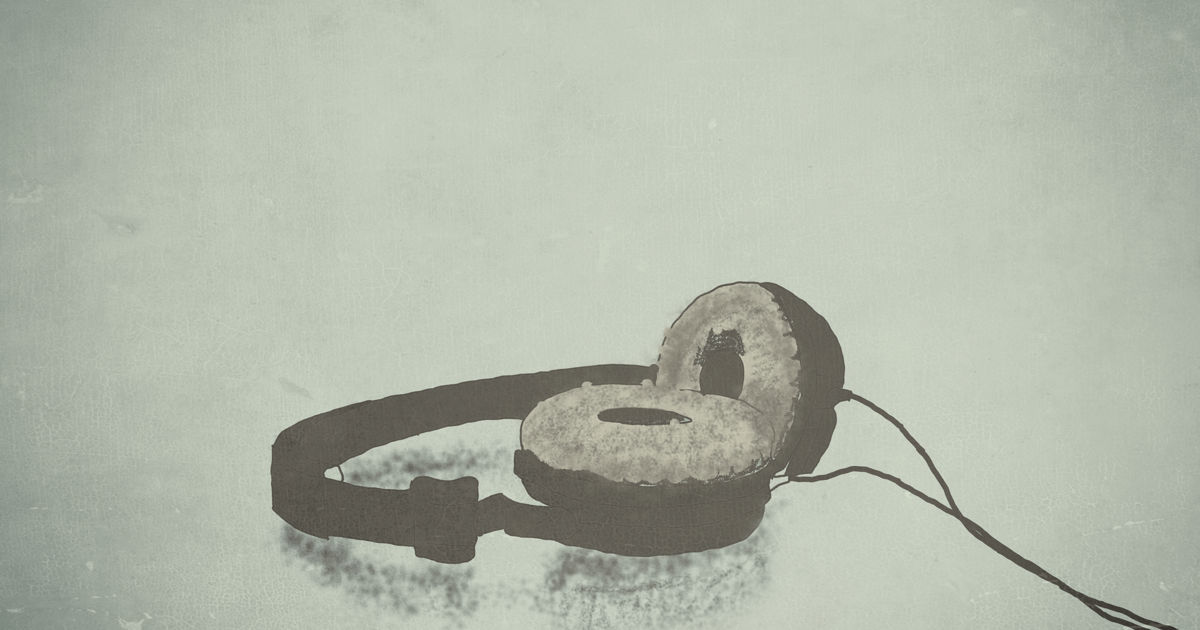Mnemonics aren’t new, but audio is causing waves again
Lend an ear to Yelena Gaufman, Strategy Partner at Fold7, as she explains why sonic branding could be top of the advertising charts in 2020.
Jingles aren’t cool, but boy do they work. In fact, as you’re reading this, one or two probably just popped into your head. Maybe even more. Maybe even a lot more.
The conversation about ‘sonic’ branding is picking up pace.
Maybe even for a random brand that you don’t buy, and never will buy - with no other claim to your brain beyond a five-note tinkle. Yeah, it’s scary. But that’s the power of audio - weaving its way into your consciousness regardless of whether you’re even paying attention to it. And so, in 2019, when no self-respecting marketer would ever allow a jingle near their precious brand, the conversation about ‘sonic’ branding is picking up pace.
Above: MasterCard explains its new sonic branding which was unveiled earlier this year.
MasterCard, for example, recently made headlines by splashing a bucketload of cash on their all-new audio brand identity. And, over here at Fold7, we recently gave Audible its first ever sonic mnemonic, because, despite the proclamations that ‘image is king’ from the likes of Instagram, it’s becoming increasingly apparent that audio may have an equal claim to the crown. This is down to a number of factors, both technological and behavioural.
Despite the proclamations that ‘image is king'... it’s becoming increasingly apparent that audio may have an equal claim to the crown.
Technologically speaking, the major players are shifting away from traditional screen-based experiences, to audio-based experiences. Take Google and Amazon: their flagship products are no longer something you find in your browser. Instead, it is their voice-activated offerings that are taking centre stage - Alexa and Assistant, respectively.
More than 100 million Alexa products have been sold, while the number of brands using Alexa to advertise has doubled in the last year.
In getting behind these products, the tech giants are hinting towards a radical vision of the future; a future where mankind is freed from the tyranny of screens, and empowered to live a dynamic 'hands-free' life assisted by nothing more than a voice in the ear. Oh, and maybe a pair of smart glasses. And it’s not pie in the sky. More than 100 million Alexa products have been sold, while the number of brands using Alexa to advertise has doubled in the last year. In fact, talk to any advertiser, and you’ll hear that 'getting voice-ready' has become industry cliche.

Above: Google Assistant and Amazon's Alexa are bringing a 'hands free' approach.
With every technological shift there is also a behavioural one. Sure, people are still racking up millions of hours in front of the telly, but audio content is increasingly finding a role in our lives.
Radio, once-scorned as a relic from the 40s, is having a major renaissance via digital audio devices. And podcasts - after their initial boom’n’bust back in 2004 - have been evolving in the background to become a cultural phenomenon in 2019. A year when two-thirds of 16-34 year olds are listening to podcasts every single month, and when 75% of advertisers are planning to increase spend across podcasts in the next 12 months.
Radio, once-scorned as a relic from the 40s, is having a major renaissance via digital audio devices.
The writing is on the wall - with marketers everywhere waking up to the need for their brands to quite literally sing for their supper. What, then, makes a good sonic branding device? Having just gone through this process with Audible - the world’s leading provider of audio entertainment - I can talk from experience. As with all branding conversations, the best place to start is with that core strategic question: ‘What value does my brand bring to people’s lives?’ Then, armed with the answer, the creative challenge is to distil this into sound waves.

Above: Digital radio has caused a resurgence in radio.
Intel, for example, make the cutting-edge processors that power the vast majority of our devices. Their value is the near-limitless opportunity enabled by technology. So, their sonic signature rightly reflects this value: a rising scale rendered in bright synths, that seems to suggest open possibilities, a new beginning, a sense of ‘what if...’. Similarly, McDonalds offers an unpretentious everyday eatery, for families and tradespeople alike. Who knew a jaunty whistle could say it all?
Who knew a jaunty whistle could say it all?
The value that Audible brings is an enriching alternative to mindless scrolling, gaming, and video watching. We’ve all done it, absent-mindedly losing half an hour to Instagram, when we only mean to check our notifications. That’s time that could have been much better spent listening to Michelle Obama, and watching the world go by. And that’s the value of time spent on Audible.
So, when it came to developing a sonic branding device, we explored ways of evoking a sense of enrichment, of curiosity, discovery, enlightenment. Ultimately, we got very excited by the idea of illumination as the perfect metaphor, and our new sonic signature - an exuberant glowing sound - was born.
It’s an investment that’s worth it. Ask the right strategic questions now, and it could pay back in droves.
Of course, none of these audio branding devices work in isolation; words and picture still matter, and, furthermore, any audio branding is a long term commitment - a bucket you need to fill with meaning through repeated use, and ongoing investment. But it’s an investment that’s worth it. Ask the right strategic questions now, and it could pay back in droves. Because, as we hunt for evermore meaningful brand-to-consumer touchpoints, audio might just turn out to be the deepest and most enduring.
)




 + membership
+ membership








